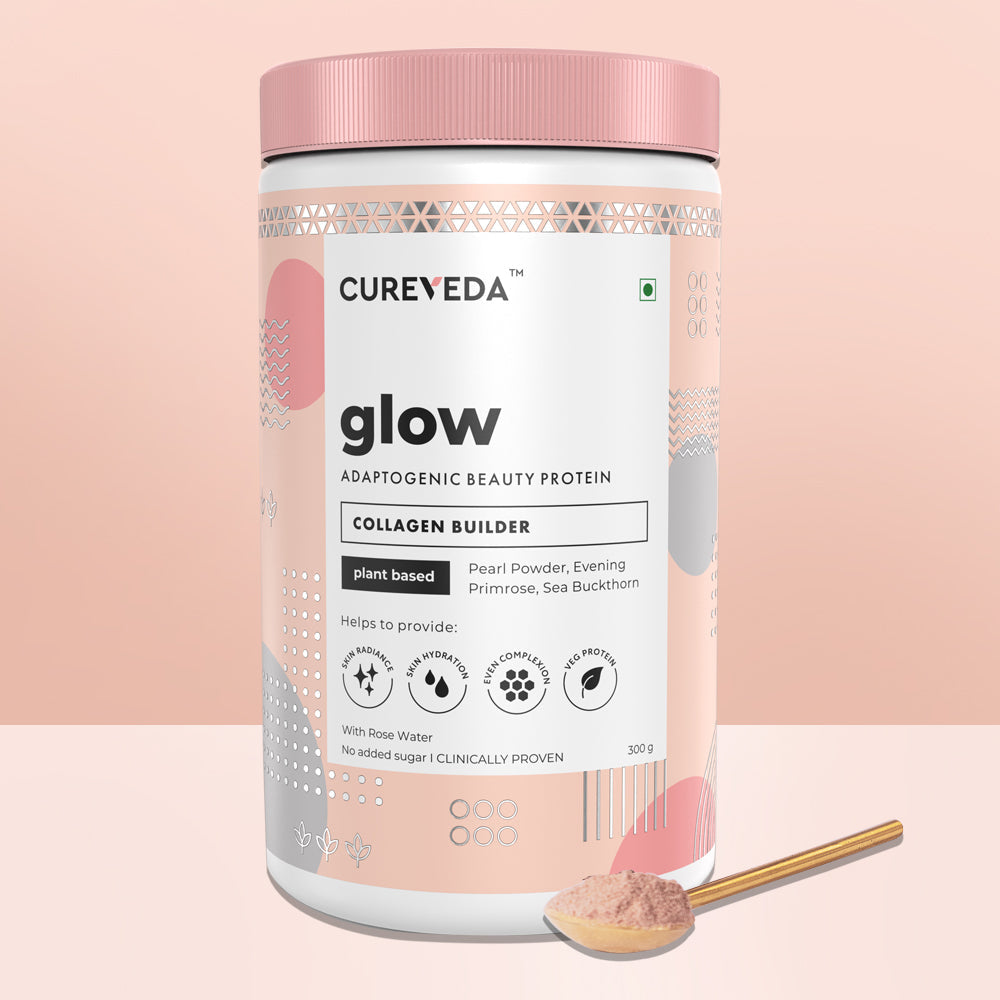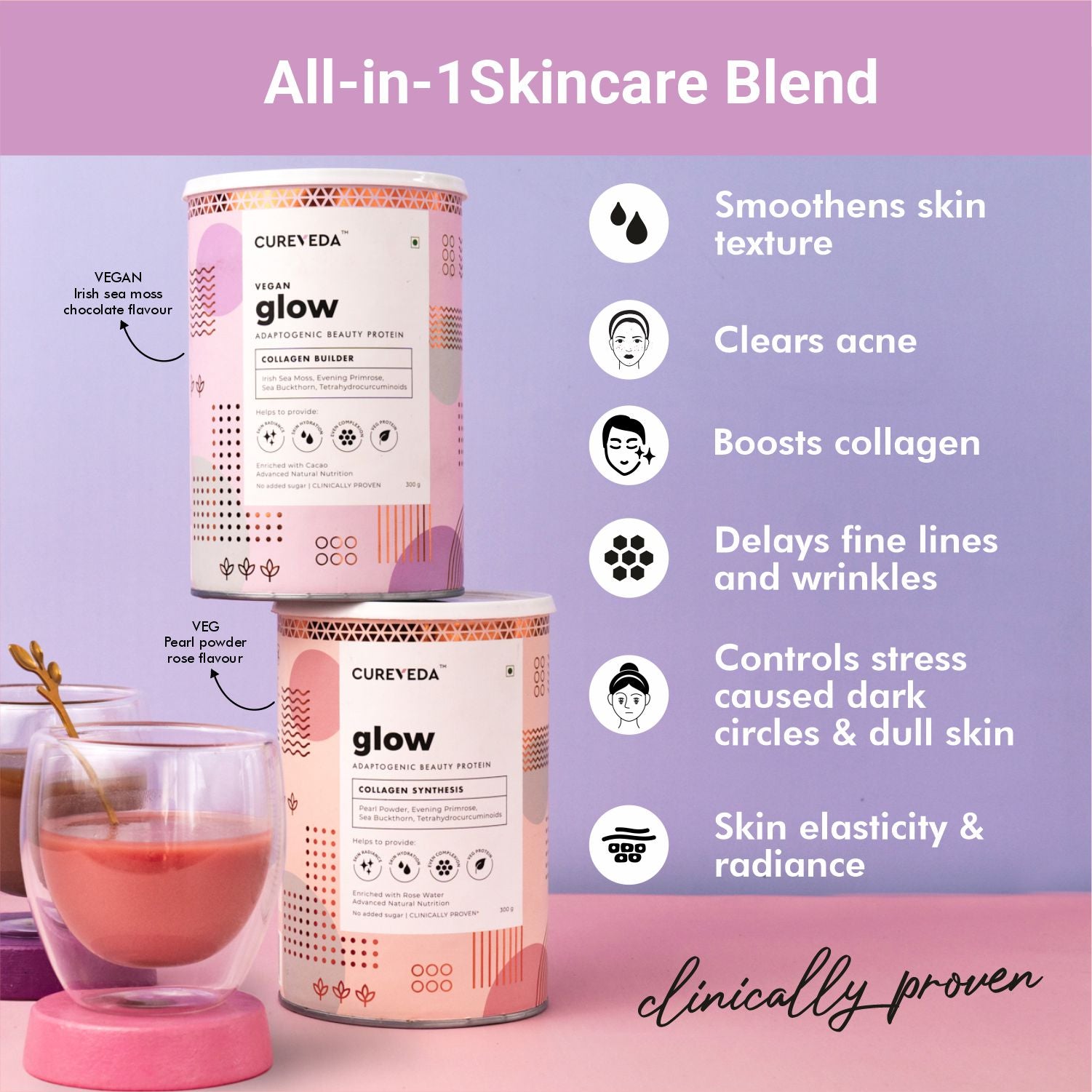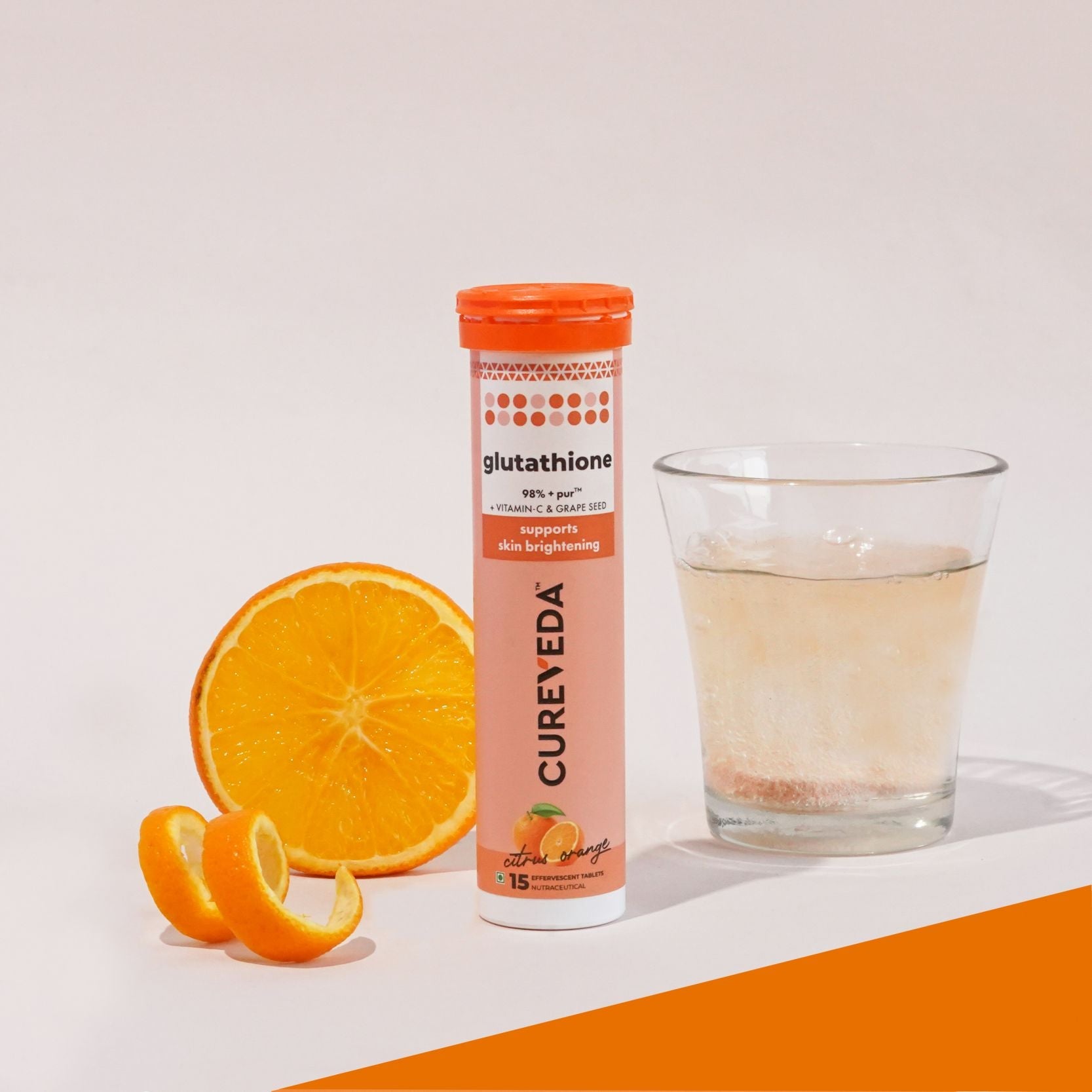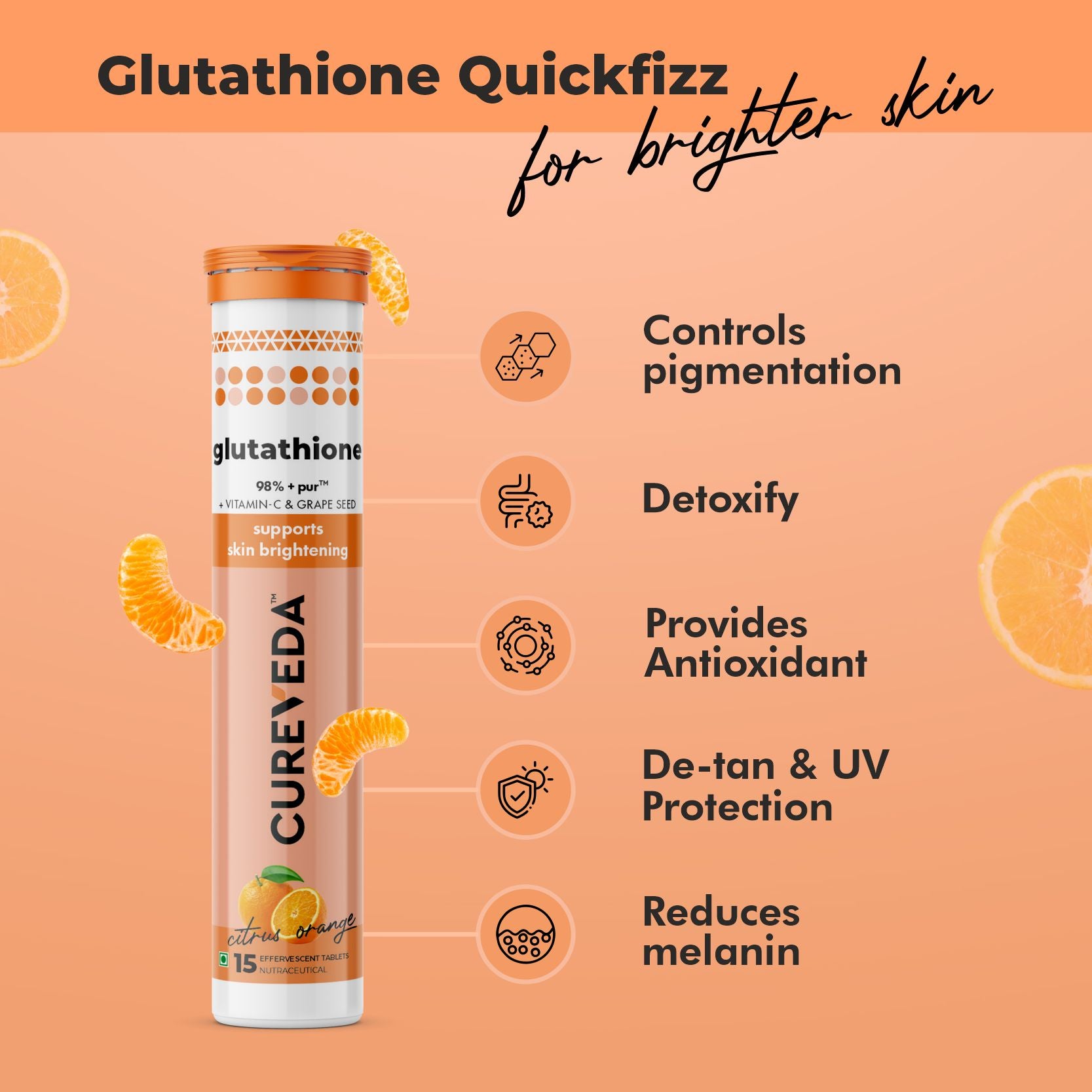Acne
Acne is a skin disorder caused by the inflammation of skin glands and hair follicles, commonly found in adolescents. It manifests as pimples, primarily on the face, and is often due to excess androgen secretion by the adrenal glands.
Overview
Acne is prevalent among adolescents and typically appears on the face, neck, upper chest, and back. It results from the inflammation of small sebaceous glands that open into hair follicles. When these glands become blocked, acne develops, sometimes leading to infection and soreness.
Pathophysiology
The severity of acne correlates with the sebum excretion rate, which is primarily influenced by hormones. Androgens act as peripheral sebotrophic hormones, increasing sebum production, while estrogens reduce it. Progesterone also increases sebum excretion. Generally, patients with acne have a normal endocrine profile.
How Acne Occurs
-
Increased Sebum Production: When sebaceous glands produce excessive sebum, it can cause blockages in hair follicles.
-
Comedones Formation: Blocked follicles form bacteria-filled cysts called comedones. If these comedones remain intact, they can progress into whiteheads or blackheads.
-
Inflammation: When comedones rupture, they cause inflammation, which can spread to surrounding tissues, leading to papules, pustules, cysts, and nodules.
Causes of Acne
- Overproduction of sebum
- Hormonal changes (adolescence, pregnancy, menstruation)
- Bacterial infection
- Dead skin cells
- Irritation of hair follicles
Clinical Features
- Lesions typically appear on the face, shoulders, upper chest, and back, and can extend to the buttocks.
- Greasy skin (seborrhea) is common.
- Blackheads are formed due to the combination of keratin breakdown products and bacterial products.
Types of Acne
- Acne Fulminans: Severe type with fever, joint pain, and raised ESR.
- Acne Excoriee: Caused by scratching or picking, mostly on the faces of teenage girls.
- Conglobate Acne: Characterized by comedones, nodules, abscesses, and sinus tracts. It can be triggered by exogenous substances like tars, chlorinated hydrocarbons, or oily cosmetics.
- Medication-Induced Acne: Primarily pustular rash due to corticosteroids, oral contraceptives, and anticonvulsants.
Investigations
Investigations are rarely required, but patients with severe or moderate acne are rarely victims of other systemic disorders. However, those with polycystic ovary syndrome (PCOS) are prone to severe acne with menstrual irregularities.
Nutritional and Supplement Support
- Vitamin A: Reduces sebum and keratin production. Consult a doctor before taking high doses.
- Vitamin E: Acts as an antioxidant.
- Chromium: Regulates blood sugar and helps treat acne. Consult a doctor before use.
- Acidophilus: Lactobacillus acidophilus and Lactobacillus bulgaricus supplements help maintain healthy intestinal flora.
- Zinc: Zinc gluconate or zinc sulfate helps prevent inflammatory acne.
Herbal Treatments
- Aloe Vera: Rub pulp directly on the face.
- Sandalwood: Apply a paste to treat acne and inflammation.
- Amaranthus spinosus: Effective for acne.
- Curcuma longa (Turmeric): Antiseptic, antibacterial, anti-inflammatory.
- Neem: Antiseptic, antibacterial, anti-inflammatory.
- Cinnamomum verum (Cinnamon leaf): Prevents pimples and blackheads.
- Coriandrum sativum (Coriander seed): Treats rash and pimples.
- Ocimum basilicum (Basil): Gives skin a glow and is anti-acne.
- Ocimum sanctum: Antimicrobial and anti-acne.
- Calendula Flower: Astringent, antibacterial, and treats acne.
Natural Home Remedies
- Detoxifying Teas: Beneficial for skin health.
- Raw Garlic: Rub on the face 2-3 times a day.
- Seabuckthorn Oil: Contains essential fatty acids and Vitamin E, anti-inflammatory, and antifungal.
- Evening Primrose Oil: Contains linolenic acid, useful for treating acne.
- Neem Leaves Paste: Apply for 5-10 minutes and wash with water (not hot).
- Turmeric Paste: Apply for 5-10 minutes and wash with water (not hot).
- Egg White/Yolk: Egg white for normal/oily skin, egg yolk for dry skin.
- Sun Protection: Cover skin to avoid UV rays.
- Saraca indica Decoction: Recommended if acne is due to menstrual problems.
Dietary and Lifestyle Recommendations
- Fruits: Generally safe and beneficial.
- Patch Test: Always do a patch test before using new herbal remedies.
- Consultation: Consult an Ayurvedic physician before using remedies.
Avoid
- Smoking
- Oily and spicy food
- Harsh UV rays
Conclusion
Though natural home remedies are suggested, always consult with a doctor or Ayurvedic physician for proper guidance and dosage.



 Shop All Products
Shop All Products





